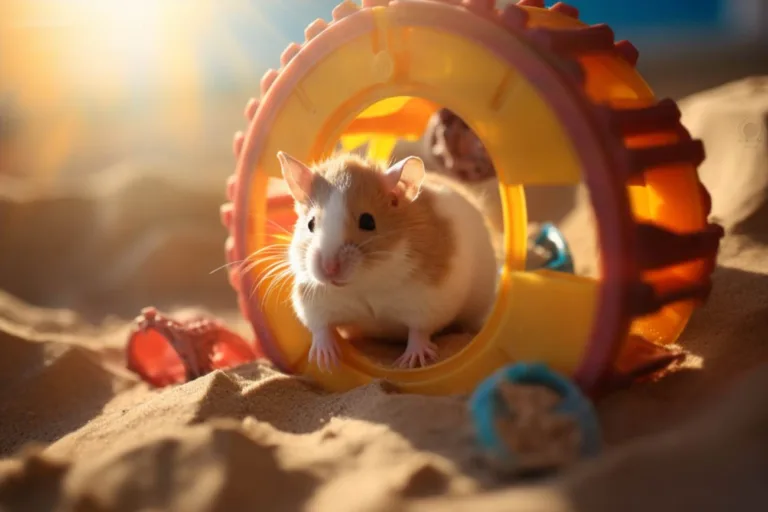Hamsters are adorable and low-maintenance pets that bring joy to countless households around the world. To ensure your furry friend’s well-being, it’s crucial to provide them with a comfortable and clean living environment. One essential aspect of hamster care is providing them with the right type of sand for their habitat. In this comprehensive guide, we will explore the importance of hamster sand and how it contributes to your pet’s overall health and happiness.
Why is Hamster Sand Essential?
Hamsters are natural burrowers, and in the wild, they create intricate tunnel systems underground. When kept in captivity, they retain this instinct, and providing them with hamster sand allows them to mimic their natural behavior. Here’s why hamster sand is essential for your pet:
- Hygiene: Hamster sand helps maintain a clean and odor-free environment in your pet’s cage by absorbing moisture and controlling odors.
- Dental Health: Chewing on sand grains helps keep your hamster’s teeth from overgrowing, preventing potential dental issues.
- Physical and Mental Stimulation: Burrowing in sand provides your hamster with mental stimulation and exercise, promoting overall well-being.
Choosing the right hamster sand
Not all sand is suitable for hamsters, so it’s important to select the right type:
- Chinchilla Sand: Chinchilla sand is an excellent choice for hamsters. It is fine, dust-free, and helps in maintaining their coat’s cleanliness.
- Play Sand: Avoid using regular play sand, as it may contain harmful chemicals and dust that can harm your hamster’s respiratory system.
How to use hamster sand
Now that you’ve chosen the right sand, it’s time to incorporate it into your hamster’s habitat:
- Use a Sand Bath Container: Place the hamster sand in a shallow, easy-to-access container. Your hamster will use it as a bath and bathroom area.
- Regular Cleaning: Change the sand regularly to maintain cleanliness and freshness in the cage.
Faqs
Q1: Can I use chinchilla sand for my hamster?
A1: Yes, chinchilla sand is an excellent choice for hamsters. It’s fine, dust-free, and helps in keeping their fur clean.
Q2: How often should I change the hamster sand?
A2: It’s best to change the sand at least once a week to ensure a clean and hygienic environment for your hamster.
Q3: Are there any alternatives to hamster sand?
A3: While hamster sand is the best option, you can also use dust-free, fine play sand, but be cautious of the quality and cleanliness.
Q4: Can hamsters use regular sand?
A4: No, it’s not recommended to use regular sand, as it may contain dust and harmful chemicals that can harm your hamster’s health.
Q5: Is it essential to provide sand for dwarf hamsters?
A5: Yes, both Syrian and dwarf hamsters benefit from having access to sand for their burrowing and hygiene needs.
Q6: How deep should the sand be in the sand bath container?
A6: The sand should be shallow, around 1-2 inches deep, so your hamster can comfortably burrow and bathe in it.
Q7: Can I reuse the sand after cleaning it?
A7: It’s best to replace the sand with fresh sand after cleaning to ensure the highest level of cleanliness and hygiene.
Q8: What if my hamster doesn’t use the sand bath?
A8: Some hamsters may not show interest immediately, but with time, they may start using it for their grooming and burrowing needs.
By providing your hamster with the right kind of sand and a suitable environment, you are ensuring their physical and mental well-being. Remember that each hamster has its unique preferences, so observe your pet’s behavior to cater to their specific needs. With proper care and attention, your hamster will thrive in its sand-filled paradise.
Se även nedan:






